

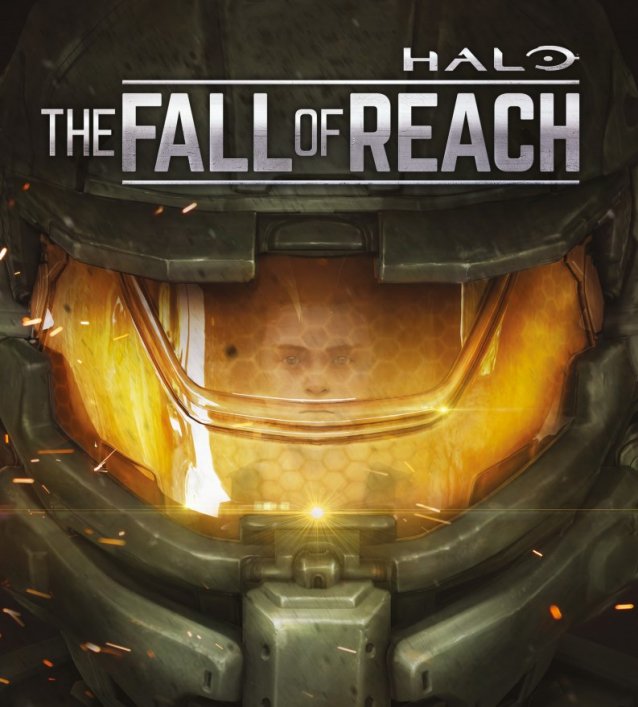
Shortly after the launch of Halo: Combat Evolved in 2001, Del Rey published the novel Halo: Fall of Reach, written by Eric Nylund. The book acted as a prequel to the videogame, and also solidified the wider Halo universe. It was well received by both critics and fans alike, and is remembered as helping establish Halo cannon. It was also recently turned into a comic book series.
The video on demand feature film of the same name is based on the book. Created by the Sequence Group in association with Microsoft Studios and 343 Industries, the movie takes an animated look at the first Halo novel. Like the book, the film details Master Chief 117’s origin story as a boy kidnapped and forced into a brutal military program designed to combat a widespread rebellion. The film includes scenes with Dr. Catherine Halsey, Master Chief, and some other memorable characters from the games. It tracks the Spartans, and blue group in particular, through their trials in the military, ending during the first days of the Covenant invasion.
The movie, like the book, does a good job introducing important aspects of the Halo universe, such as the UNSC’s all-or-nothing mentality. It also explains the program that made Master Chief into the almost-unfeeling, masked super solider we’ve gotten to know in the Halo games. Its visuals can also be gorgeous at times, like during a scene where pods holding dead Spartans are jettisoned into space, crossing the path of a star. The sequence inside a damaged Covenant ship is also vibrant and sleek.
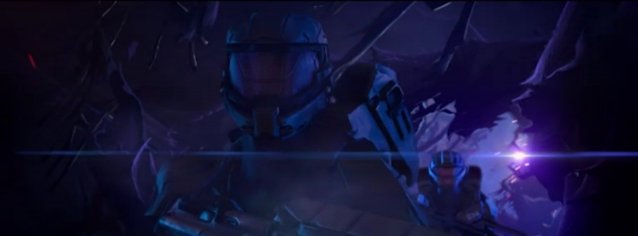
Other parts of the film are average or questionable. The voice acting gets the job done. It is simply convincing enough – I didn’t doubt that blue team weren’t friends, but they also didn’t seem like they had their hearts in it either. There are also narrative moments that don’t make much sense. In an obstacle course training sequence, John 117 leaves his team behind, and uses his superior abilities to make it to the goal himself. The whole group is punished for not using teamwork to achieve the objective, and are not given any food for dinner. When Mendoza, the officer in charge of training the young Spartans, announces this, one of John’s groupmates punches him in the face. After he falls, Mendoza puts his foot on 117’s chest. It’s understood that his groupmates dislike him and that he’s been punished, but the movie goes a step too far when another squad mate spits on 117’s face. It pushed the scene from being believable to over-the-top.
There are a few other moments like this throughout the story. When one of his squad members narrates how John only interacts with other people in three ways – obeying orders, doing anything for his friends, or neutralizing threats – the film depicts 117 killing three ODST solders who roughed him up in the weight room. The audience is supposed to feel bad for 117 and awed of his new abilities, but instead I scratched my head and wondered why a shoulder nudge had ended in three deaths. These scenes are good examples of the film’s lazy characterization.
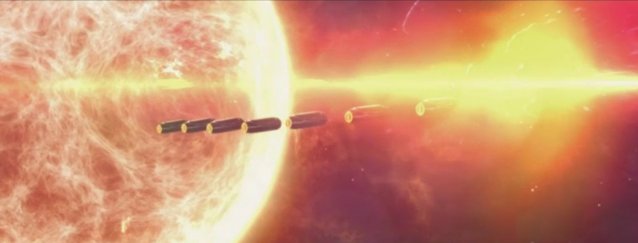
The film, ultimately, is a mix of a good and bad. Diehard Halo fans will enjoy it regardless, because of how it interacts with the wider Halo cannon and lore. Others will find it as an average-at-best science fiction movie.
If you purchased the Digital Deluxe Edition, Limited Edition, or Limited Collector’s Edition of Halo 5: Guardians, the movie came free. If not, it’s available from streaming services like Amazon and iTunes for $15.
(Halo: The Fall of Reach was produced by the Sequence Group in association with Microsoft Studios and 343 Industries. An online screener was provided for Gameranx for the purposes of this review.)

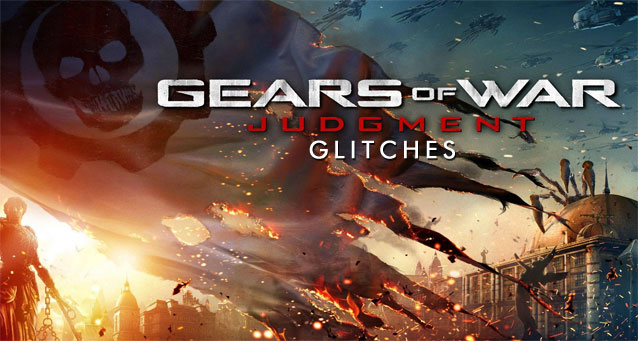
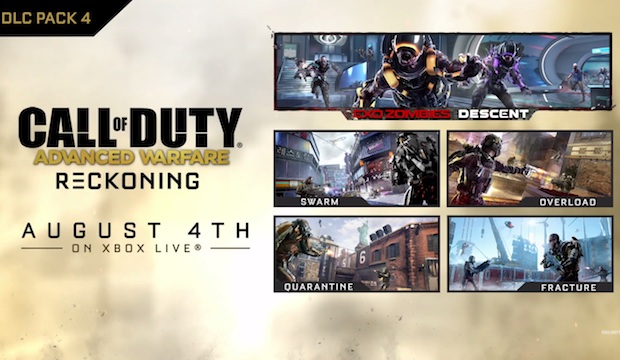

 Room Escape SIX Walkthrough
Room Escape SIX Walkthrough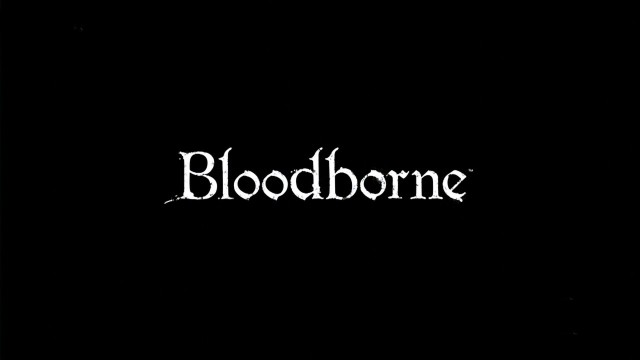 How to find Bloodborne PS4 Moon Presence and all Four Umbilical Cords
How to find Bloodborne PS4 Moon Presence and all Four Umbilical Cords Project Cars PC Error Guide: Fix For Startup Crashes, Shuttering, Unhandled Exceptions, Wheel, Controller Issues
Project Cars PC Error Guide: Fix For Startup Crashes, Shuttering, Unhandled Exceptions, Wheel, Controller Issues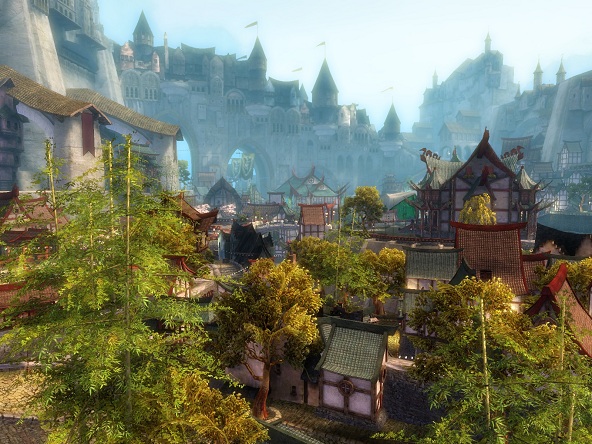 Guild Wars 2 Beginner’s Guide
Guild Wars 2 Beginner’s Guide Top 10 Players in FIFA 15
Top 10 Players in FIFA 15